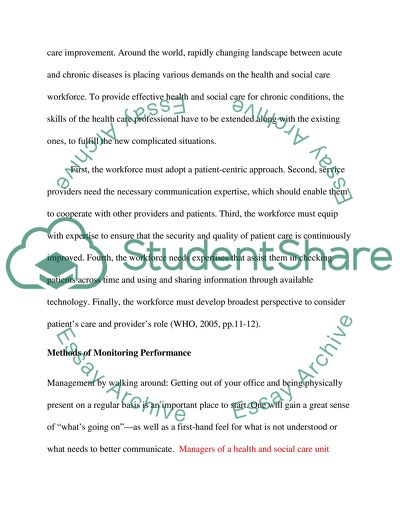Cite this document
(“Managing Human Resource in Health and Social Care Essay”, n.d.)
Retrieved from https://studentshare.org/human-resources/1478990-managing-human-resource-in-health-and-social-care
Retrieved from https://studentshare.org/human-resources/1478990-managing-human-resource-in-health-and-social-care
(Managing Human Resource in Health and Social Care Essay)
https://studentshare.org/human-resources/1478990-managing-human-resource-in-health-and-social-care.
https://studentshare.org/human-resources/1478990-managing-human-resource-in-health-and-social-care.
“Managing Human Resource in Health and Social Care Essay”, n.d. https://studentshare.org/human-resources/1478990-managing-human-resource-in-health-and-social-care.


